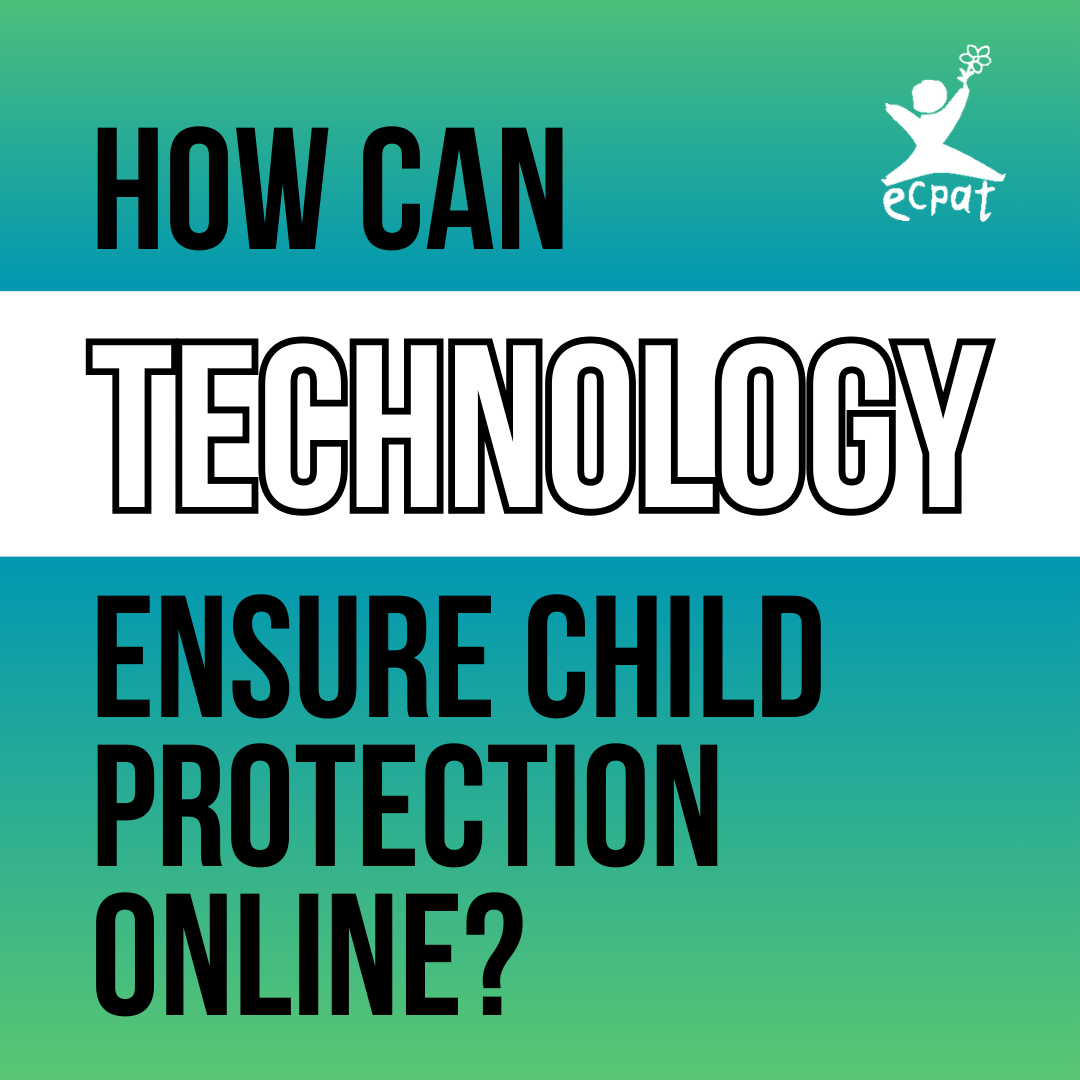In the ever-evolving landscape of today’s online world, technology stands as a double-edged sword, capable of both harm and good to children. Technologies has made it easier than ever to exploit children for sexual purposes online and facilitate sexual abuse and exploitation in physical spaces,highly impacting on the well-being of children and survivors. At the same time, technology can play a crucial role in preventing child sexual abuse online. Today we shed light on its potential as a force for good.

Technology can be used with good or bad intentions. The same technology that is used to rob a bank and engage in phishing or fraud online can be used to safely and transparently collect money for an online fundraiser for a social issue. Per se, technology and the online world are not our enemy – on the contrary they can support us creating an online world that is safe for children.
A technological tool can detect a specific word or image online and flag it as harmful content for children, acting as a ringing bell just before the harm is about to occur. Real-time threat detection powered by machine learning and artificial intelligence acts as a vigilant gatekeeper, protecting children from abuse and exploitation online.
Privacy and safety settings on social media and online profiles provide successful preventive measures against potential risks for children online. For instance, configuring a child’s profile in private mode, securing it with a password, and activating filters that mandate prior approval for all types of requests contribute to a safer online experience. Additionally, enabling browser filters such as Google SafeSearch adds an extra layer of protection.
They empower parents and caregivers to monitor their children’s online activities, including robust content-blocking options of specific apps and websites. They allow parents and caregivers to make shared family accounts that are password protected.
A variety of companies, from social media platforms to streaming online services and internet providers or even antivirus companies offer parental control tools inside the platform, but you can also buy them as an external software to install on your computer and mobiles. Every company designs these filters differently. Their websites should have details and guides on their parent or family sections.


Tech companies and online platforms have a shared responsibility when it comes to child protection online. Companies have the innate capacity to design online platforms that are safe by default and implement child-friendly features.
Just like we make sure toys are safe to play with, it’s important to make sure online platforms are safe for children. We can teach the people who create technology, like engineers and designers, about child safety measures and ensure they streamline these measures in the way they design new games, apps, or features. These mindsets will ensure technology is safe and fun for everyone. For instance, age Assurance is one safety by design method. Technologies collectively contribute to creating a safer online environment for children.

Integrating technology with other preventive approaches forms a comprehensive strategy to safeguard children online. It’s a collective effort that involves technology, education, and policy to create a safer digital world for all children.
As we navigate the digital age, it’s crucial to recognize the dual nature of technology and harness its positive potential. By embracing Safety By Design and integrating tech with other preventive strategies, we can create a safer digital environment for our children. Together, let’s make technology a force for good in protecting the most vulnerable among us.
